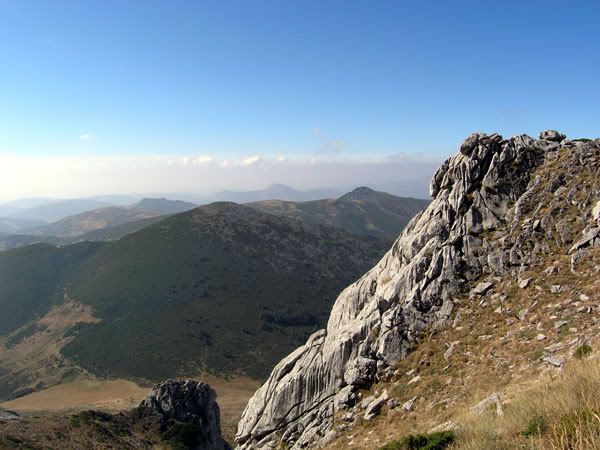Via geology.com news, I’ve come across an interesting article in Geotimes about a possible case of successful earthquake prediction:
For nearly three decades after Chinese officials predicted the powerful earthquake that hit Haicheng in the north of China on Feb. 4, 1975, details of their prediction process remained closely guarded. But now, after gaining access to formerly classified documents and key people involved with the process, a team of scientists has reconstructed this important event …
…In this month's issue of the Bulletin of the Seismological Society of America, however, Kelin Wang, a senior research scientist at the Geological Survey of Canada in British Columbia, and colleagues say the prediction was legitimate. The Haicheng earthquake is the "first, and so far only, case where a large earthquake was predicted," says Susan Hough, a seismologist with the U.S. Geological Survey in Pasadena, Calif.
Wang's team reviewed relevant documents and interviewed key witnesses in the prediction process to compile a detailed account of the events and decisions that led to the Haicheng prediction and evacuation. The team wrote that the prediction was "a blend of confusion, empirical analysis, intuitive judgment, and good luck."
The empirical analysis part involved the use of data collected about a series of large earthquakes which hit northern China in the 1960s. It appears that Chinese seismologists identified a number of tectonic events which preceded these earthquakes, which they then started to see again:
By June 1974, based on precursory anomalies that included a shift in land levels in the nearby Bohai Sea area, officials issued the first of two "middle-term" predictions that warned of an earthquake within one to two years.
So far, so scientific, but then we get into the intuition and luck:
No official "short-term" predictions — warning of an earthquake within a few months — were made, the team says, but some Chinese officials made "imminent" predictions, based on an increase in foreshock activity in the 24 hours before the main shock.
A large earthquake is usually not an isolated event, but occurs as the biggest ‘mainshock’ in a cluster of earthquakes in the same region. Aftershocks occur as the crust around the main fault rupture adjusts to the sudden displacement, and sometimes (not always) you get foreshocks as well – smaller earthquakes that precede the main event. The problem is that the foreshock-mainshock-aftershock subdivision is based only on the relative magnitude of the earthquakes in the sequence, and can thus only be applied restrospectively; if you show a seismologist the data from just one particular earthquake in isolation, they would not be able to tell you whether it was the foreshock to a larger event, the mainshock itself, or an aftershock. In Haicheng, it seems the officials saw increasing earthquake activity and decided it preceded a larger event, leading to their warning, but there was a lot of luck involved in this particular ‘prediction’. And it’s not clear whether it can entirely take the credit for drastically reducing the death toll anyway.
Although the imminent predictions correctly identified the quake's location, they did not specify a time, and they underestimated the quake's magnitude. Nonetheless, the predictions — along with some actions taken spontaneously by local citizens [due to education programs initiated after the 1960s quakes]— triggered warnings and evacuation orders around the area where the earthquake eventually occurred. According to the team, the evacuations, along with the durable style of housing construction in the area and the time of the main shock — 7:36 p.m., when most people were neither at work nor sleeping — saved thousands of lives.
Nonetheless, we see once again that the problem is not that there aren’t earthquake precursors (although some are more established than others), it’s reliably spotting them before the event, and understanding what (if anything) they are saying about its imminence.













